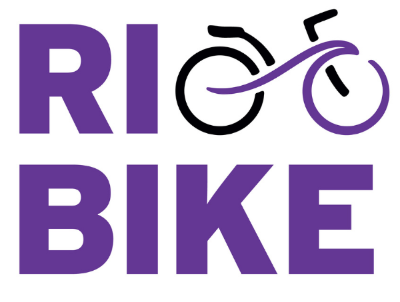Menino pedals for cycle-friendly city
Boston to unveil its first dedicated bike lanes
By Michael Levenson, Globe Staff | May 13, 2008
Blue track suit billowing, Mayor Thomas M. Menino pedaled up Congress Street, legs churning against a stiff wind that turned a ceremonial half-mile ride into an exercise in perseverance.
“I didn’t think we’d ride into a hurricane,” the mayor shouted from his Specialized bicycle.
The mayor’s campaign to make Boston a bike-friendly city has forced to him to fight headwinds of another sort: an entrenched transportation culture that has long considered the car the king of the road.
But seven months after Menino announced the initiative, advocates say the bike, long an afterthought in city road projects, is at least some getting respect.
In July, the city plans to unveil its first designated bike lanes, on Commonwealth Avenue between the Boston University Bridge and Kenmore Square. The city may also add bike lanes to Massachusetts Avenue between Albany Street and Huntington Avenue, Tremont Street along Boston Common, and on American Legion Highway, which runs past Franklin Park.
By year’s end, officials plan to install 250 bike racks across the city and 750 over the next three years.
“It’s only been a few months, and all these things take engineering to get them done right,” said David Watson, executive director of MassBike, an advocacy group. “But it’s starting to happen, and I expect that will accelerate and we’ll see more and more.”
Longtime cyclists hope so. Boston is known far and wide as one of the most inhospitable cities for bikers, an obstacle course of gaping construction sites, tire-popping potholes, and lead-footed drivers.
“Bicyclists are just kind of on their own in the city of Boston when it comes to finding the safest way from Point A to Point B,” said Larry Slotnick, cofounder of the LivableStreets Alliance, which advocates alternatives to driving.
City Hall has not always helped. After Bicycling Magazine ranked Boston one of the worst cities for cycling in 1999, Menino appointed a Bicycle Advisory Committee, only to disband the panel and lay off its coordinator four years later.
Things began to change last summer when Menino bought a silver Trek road bike and started riding around his Hyde Park neighborhood for exercise at 5 a.m. Two months later, he appointed Nicole Freedman, a former Olympic cyclist, as Boston’s first bike czar and declared, “It’s time for this issue to come to the forefront.”
“He very quickly began to understand what bicyclists in Boston have been talking about all these years, when they have been complaining that conditions are not very good here,” Watson said.
This year, Bicycling Magazine put Boston on its list of up-and-coming cities, dubbed “5 for the future.” The magazine said that “central to Boston’s noteworthy move is Mayor Thomas Menino’s newfound love of cycling.”
Now advocates want bigger changes. Washington, D.C., for example, just became the first American city to launch a bike rental program (similar to the Zipcar vehicle-sharing service) which allows users to swipe a membership card and pick up a bike any time. Cambridge has installed 37 miles of bike lanes and bike paths since the 1990s and has seen the number of bikes on its roads increase 70 percent over the last five years, a city official said.
The question, advocates said, is whether Menino will give Freedman the clout she needs to take on city planners, as well as politically connected businesses and neighborhood groups, who often determine the shape of local road projects.
“They hired the right person, which is the first step, and I think they’ve given her the proper resources,” Slotnick said. “The third part of the stool is whether she has the political clout and the gravitas to move ahead boldly or not.”
Freedman said she wants to make big changes, but is focusing first on simpler projects, like adding bike lanes and encouraging more people to ride, by awarding businesses that encourage cycling.
“By doing the basics, you can go very, very far,” she said.
Yesterday’s ride, which launched Bay State Bike Week, was part of the effort. Flanked by about 40 bicyclists, the mayor strapped on a helmet, pulled on riding gloves, and hopped on the blue Specialized he bought last September. He led the caravan at an easy pace from City Hall Plaza to Post Office Square.
“I just want to thank you for going so slow,” Menino told his fellow riders, who included champion cyclists from MIT. “I was the pace car.”
In a brief speech, he said the city was committed to making Boston a bicyclists’ haven.
Advocates said he has a long way to go.
“We’re turning a large ship here so it starts slowly, and it takes a while,” said Steven Miller, a board member of LivableStreets Alliance. “The proof, ultimately, is if we can keep this up for the next 10 years.”
